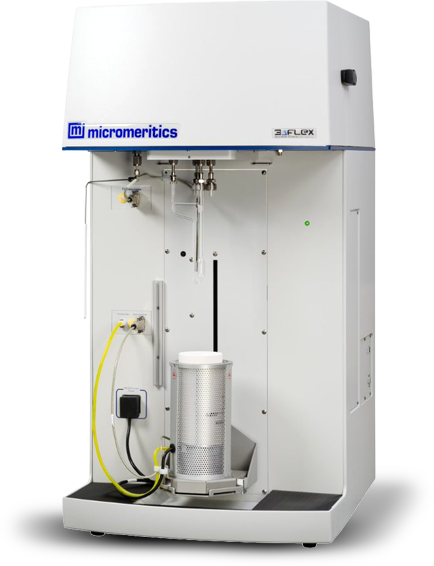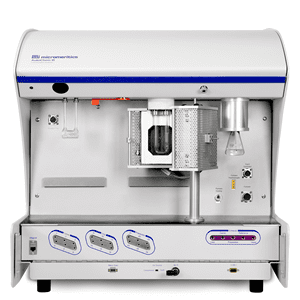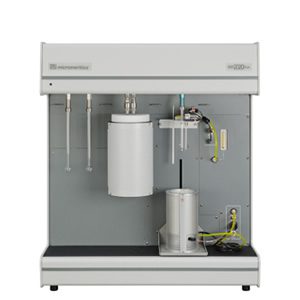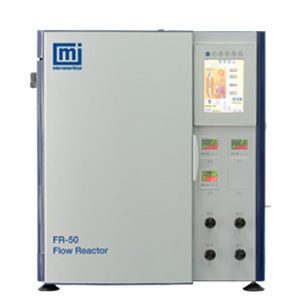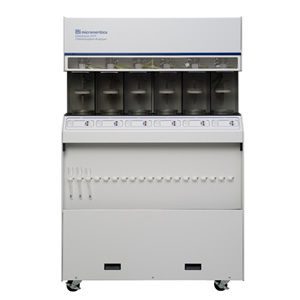What is Chemisorption?
Chemisorption is a chemical adsorption process, caused by a reaction on an exposed surface, which creates an electronic bond between the surface and the adsorbate. During the chemical reaction, a distinct chemical species is created on the adsorbent surface, which causes the bond to be created.
Chemisorption is used in development, monitoring and measuring of corrosion inhibitors and is used for measuring surface active sites on a substrate.
During the chemisorption process the adsorbing gas or vapor molecule splits into atoms, radicals, ions that form a chemical bond with the adsorption site. This interaction involves the sharing of electrons between the gas and the solid surface and may be regarded as the formation of a surface compound.


